Dell Security Survey – VMUG Member Insights
The third installment of the VMUG Security Survey, brought to you by Dell Technologies and completed in November of 2022, has concluded. Key trend insights are:
- Awareness of security frameworks is increasing.
- Improvements on the ability to recover from ransomware are a priority.
- Credential theft threats have had a big increase in focus.
Let’s dive in.
Security frameworks, such as NIST, MITRE ATT&CK, and Regional/Government regulation are on the rise. Across the board, awareness has increased from 4 to 8 points. The largest frameworks are those involved in regional/government regulation. NIST, Regional/Government regulation, and Industry-specific frameworks continue to be the top three. This is good for the industry as we can focus on a standard that will help in many areas, including evaluating security partners.
Over the next 6-12 months, members are planning to focus on Disaster Recovery and Remediation practices, Ransomware, and Advanced threat protection. These remained the top-three focus areas. Of these, Ransomware had the largest increase YoY, while Advanced threat protection had the second largest jump.
Items that are getting less attention are Secure IoT devices and Supply chain/Source of IT components. Enterprise IoT may still be too niche of a product. Companies who have deployed are early adopters and IoT is waiting on the next wave.
Supply chain is a dual concept. We all understand the physical supply chain challenges. If there is a chip shortage, devices such as APs, routers, and the like will be delayed. The second consideration is the software supply chain. I attended the VMUG Leader Summit where Joe Baguley spoke of the software supply chain. IT must understand where the components of its production apps are being served. The “supply” of the software to run production.
We should always be considering threat preparedness. This is never complete. We do not have unlimited resources, so we must choose where to spend most of our resources. The top areas are considered to be Ransomware/Malware and Phishing attacks. The highest jump came from Credential theft, which you could argue is a part of phishing attacks but could be from other things as well. The second-largest jump is Denial of Service attacks. This is likely attributed to political unrest in the world.
Security concerns are increasing and for good reasons. This will be a constant battle between the threat actors and your company. When it comes to monitoring environments. 45% of respondents use a Security Information and Event Management (SIEM) solution. In addition, 14% outsource their SOC and another 14% develop in-house solutions. You can never let your guard down.
But how do we do this? As we’ve outlined above, follow a framework. There is no need to recreate a framework for your company. Review the existing frameworks and pick one to follow.
Second, find a trusted partner such as Dell Technologies. The single-largest reason for outside expertise is Endpoint Security and 24x7x265 day monitoring. This is very difficult to replicate in practice and since it isn’t your core business, why would you?
Dell Trusted Workspace prevents, detects and responds 24x7x365 to keep endpoints secure from threats. AI/ML proactively detect and block endpoint attacks while security experts help you navigate the threat landscape.
In other areas SIEM providers are helping with incident response and recovery, network- and cloud-based security, threat detection and response, device management, and access to security experts. For example, Dell helps with data protection and air-gap solutions to recover your data as necessary. Hardware and firmware protections from Dell can give you the industry’s most secure commercial PC1.
Because of its large customer base, Dell has experience and visibility into threats before many of its customers get attacked and can mitigate before threat actors are able to penetrate your environment.
Security is no longer an afterthought and year after year we continue to improve our security posture. Nevertheless, threat actors continue to step up their game, which is why it’s important to partner with someone like Dell Technologies.
Brad Tompkins

